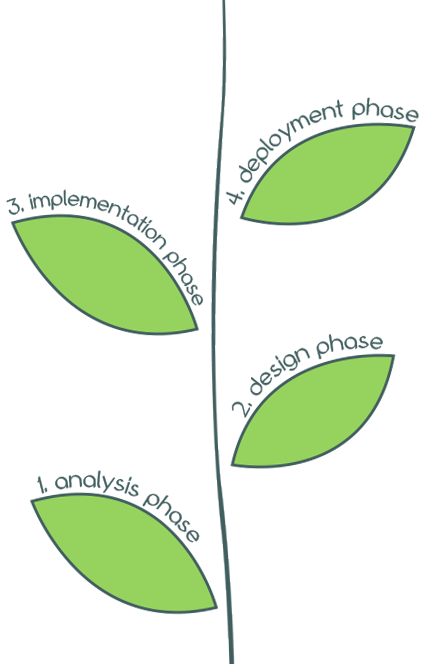 ux architect
ux architectVisual elements are one of the best ways for me to express my thoughts. I first noticed my interest in design and architecture during my childhood, when I kept building cityscapes between tree roots using sticks and stones or tree barks or played around with legos. My kindergarten teacher had a conversation with my parents about her concern that I may be deaf. She said that she kept calling my name, but I was too focused on my lego structures and completely ignored her. When I got a little older, I started writing a diary with sketches from all of our travels. I was inspired by Dances With Wolves. Traveling has played an essential part in my journey and brought a lot of inspiration to my work. It allowed me to gain an appreciation for numerous cultures and work with diverse personas. I don't think a trip is complete without spending quality time with locals and learning about their life. Local people are crucial during the discovery phase of the design process and the foundation in driving the efforts to identify and solve the right problems in their ecosystem. Many times I prefer traveling solo and volunteering abroad because any new experiences give me a bit of cognizance of people from different backgrounds and types of knowledge. I believe design is about studying the world and ethnography is an important part of the design cycle for fluid, integrated experiences. We show off our skillset to maintain our competitive edge, but getting to know the lives outside of our own can be liberating.
I get excited about telling and listening to stories. Listening to stories lets me identify the uniqueness of each person and how I can make my designs intuitive by comprehending their psyche. A big part of being a UX designer is understanding that everyone has a story to tell, and everyone's story is worth hearing. Listening makes one ask the right questions that can lead to new opportunities and new ideas. I believe that humanity-centered design gained more recognition over the last decade because designers and tech enthusiasts have noticed the importance of user involvement throughout the product design process to solve the correct problems and needs of their ecosystems. I find it a way to connect to others and practice empathy. In my mind, we cannot always assume that we have been in others' shoes. People are more complex than that, and when I found the opportunity to combine design and psychology as a focus for my career, I immediately took it and never looked back. After completing my B.A. in Design with a Minor in Mass Media Communications at UNC Charlotte I wanted to expand my technical skills. I have collaborated with developers, project managers, marketers, and clients for the past 10 years. I held roles ranging from front-end developer and web producer to web designer, visual designer, service designer, UX/UI designer, UX researcher, UX manager, and UX strategist.
I ensure the alignment of UX strategy with the organization’s objectives. I conduct user research, interviews, and personas to get to know the users and their pain points. I get a team to map the user journey and discuss their touchpoints with the product and their ecosystem. It becomes a crucial part of identifying the right problem to solve.
I organize whiteboarding sessions to brainstorm and sketch ideas with the team, and then I iterate based on feedback and build mid to hi-fi prototypes. I write an introduction script for the usability testing procedure, scenarios and tasks. I add a/b testing or card sorting to test information architecture. I synthesize the feedback and present a testing report with recommendations, then meet the developers to ensure the feasibility of the design.

I may take on the responsibilities of front-end development. We conduct UAT to ensure all of the functionalities are working correctly. I also oversee the aesthetics and their consistency. During this phase, I schedule more meetings with developers to discuss the desired UI behavior and functionality specifics.
I conduct surveys and tracking via google analytics to measure the design's success, circling back and leveraging an ongoing process of enhancing the platform to provide the best user experience. The product is never completely done, and I continue to determine what works and what doesn't, communicating with the users to define more features to add and problems to solve.